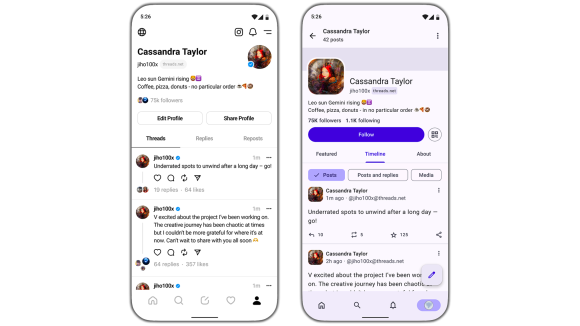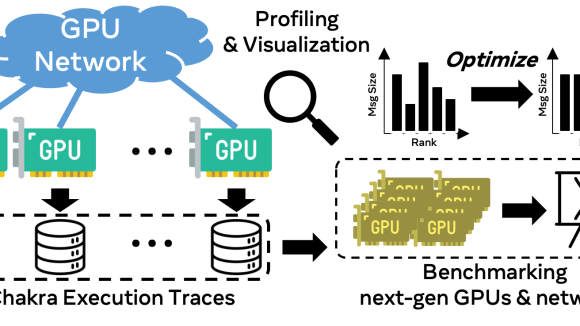Facebook attended the Open Compute Project 2017 U.S. Summit in full force, announcing a series of new hardware contributions, product updates, and partner collaborations. While hardware is always a key focus, this year’s event moved up the stack to highlight the software deployed on open hardware, a space that Facebook has also been exploring recently.
Facebook’s Jason Taylor, the current OCP Chairman of the Board, kicked off the event by highlighting the growth of OCP over the past six years as well as the new opportunities that have opened up as a result. The community, now almost 200 members strong, has expanded the concept of disaggregation beyond compute to networking and storage hardware, which has enabled a new ecosystem of software solutions that run on open hardware. He also announced the availability of new OCP-accepted and OCP-inspired product lines that will help encourage further adoption of new technologies.
Following Jason’s remarks, Facebook’s director of technology strategy Vijay Rao announced an end-to-end refresh of our server hardware fleet, and talked about the power of evolving hardware and software together to drive new infrastructure designs that scale to meet future needs.
We announced several new contributions at this year’s summit:
- Big Basin is our next-generation GPU server, featuring a number of design and performance improvements over Big Sur, the first-generation GPU server we announced last year. With Big Basin, we can train machine learning models that are 30 percent larger because of the availability of greater arithmetic throughput and a memory increase from 12 GB to 16 GB. This enables our researchers and engineers to move more quickly in developing increasingly complex AI models that aim to help Facebook further understand text, photos, and videos on our platforms and make better predictions based on this content.
- Bryce Canyon is our new high-density storage platform and provides 20 percent higher hard disk drive (HDD) density than Open Vault. It is designed to support more powerful processors and more memory, and it improves thermal and power efficiency by taking in air underneath the chassis. Our goal was to build a platform that would not only meet our needs today, but also scale to accommodate new modules for future growth. Bryce Canyon provides a powerful disaggregated storage capability with easy scalability compared with other storage platforms.
- Tioga Pass is the successor to the Leopard compute platform, and has a dual-socket motherboard, which uses the same 6.5” by 20” form factor and supports single-sided and double-sided designs. Tioga Pass is also Facebook’s first dual-CPU server to use OpenBMC after it was introduced with our Mono Lake server last year.
- Yosemite v2 is a refresh of Yosemite, our first-generation multi-node compute platform. The Yosemite v2 chassis supports both Mono Lake as well as the next-generation Twin Lakes 1S server. Unlike Yosemite, the new power design supports hot service — servers can continue to operate and don’t need to be powered down when the sled is pulled out of the chassis for components to be serviced.
- Last year we announced that we were working with Equinix, Google, Microsoft, and Verizon to help create more alignment around optical interconnect standards using duplex single-mode fiber, with a focus on 100G CWDM4 optimized for a low-cost data center environment. This year we contributed the CWDM4-OCP specification, a datacenter-focused optimization for 100G single-mode optical transceivers, and also shared experiences as early adopters of the technology.
In addition to the CWDM4-OCP contribution, we shared several other networking updates:
- Backpack: The engineering team shared technical details about Backpack, our second-generation modular switch platform: a combination of twelve simple building blocks (switch elements) in an orthogonal direct chassis architecture that provides 100G at the aggregation and spine layers of Facebook’s data center Fabrics.
- Wedge 100S: A refresh to Wedge 100, our top-of-rack network switch. The new device improves performance with a Broadwell DE microserver, and adds hardware support for enhanced boot security on both the microserver and the BMC. Like all previous Wedge switches, Wedge 100S also runs OpenBMC and FBOSS software.
- New software solutions running on Wedge 100: Facebook has collaborated with Microsoft and Canonical to bring SAI and SONiC to the Wedge 100 platform. This represents another important addition to the growing software ecosystem available for Facebook’s networking devices.
Find out more about the OCP Summit and this year’s contributions at http://www.opencompute.org/.













